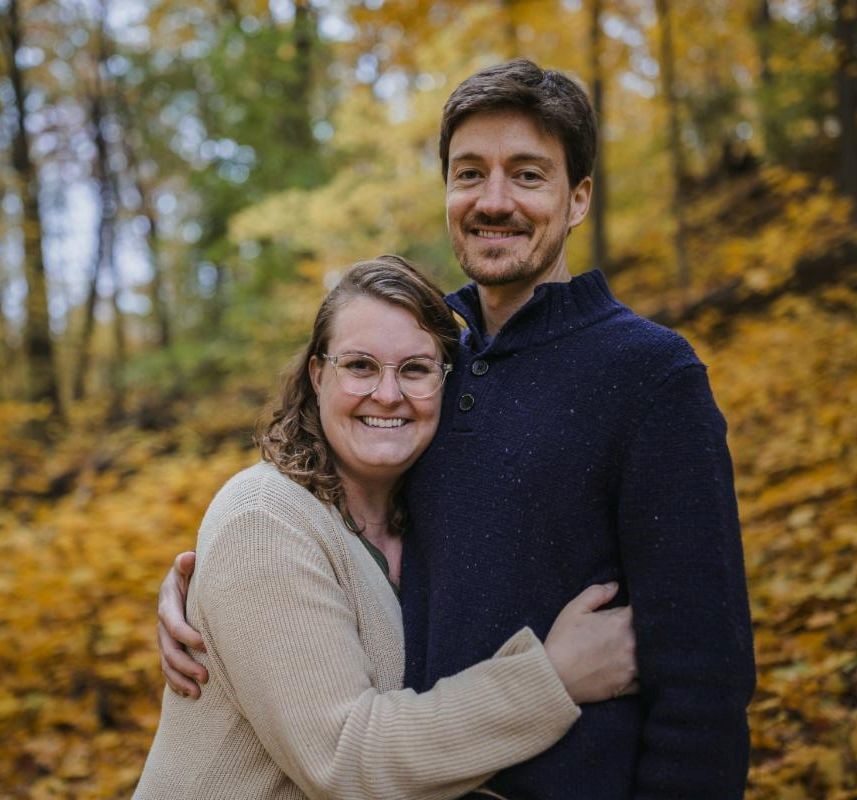|
The way we live impacts the world. So does the way we die. It isn't death that creates ecological problems, but rather the processes for dealing with our deceased.
Each year, in burying the deceased, Americans use:
- 20 million feet of wood
- 4.3 million gallons of embalming fluids
- 1.6 million gallons of reinforced concrete
- 17,000 tons of copper and bronze
- 64,500 tons of steel
Although cremations have the reputation as being an eco-friendly option, they tend to have an extra-large carbon footprint. Each year in the U.S., cremations release over 250,000 tons of carbon dioxide into the atmosphere - the equivalent of burning over 30 million gallons of gas. And that doesn't even include the mercury from burning dental fillings.
But there are greener ways. Natural (or "green") burial is one of them. A green burial is one that encourages the natural process of decomposition. That means no embalming, no non-biodegradable caskets and no burial vaults. Conservation burial takes it one step further and combines land conservation with natural burial.
Details:
Wednesday, January 17, 2024 - 11:30-12:30 pm
EXCLUSIVELY ON ZOOM
This is a FREE event, however, we ask that you register.
This event is part of the Local Impact Alliance's "Lunch & Learn" program.
Bring your lunch and feed your mind.
About our Speakers
 Peter and Annica Quakenbush live in Grand Rapids and founded Michigan Burial, LLC. Peter and Annica Quakenbush live in Grand Rapids and founded Michigan Burial, LLC.
Peter Quakenbush is a Ph.D. candidate in the Department of Biological Sciences at Western Michigan University. Annica is a birth doula and photographer.
Together they are working to establish Michigan's first conservation burial ground.
Click here to register
4 Great Topics to Start 2024
- January: Green Burial Gains Traction
- February: Growth Works - A Parent's Guide to Building Teen Life Skills
- March: Plymouth Canton Community Literacy Council - Integrating Adult English Language Learners Into the Community
- April: Michigan Library Association - Protecting Access to Books through the Michigan Right to Read Initiative
|